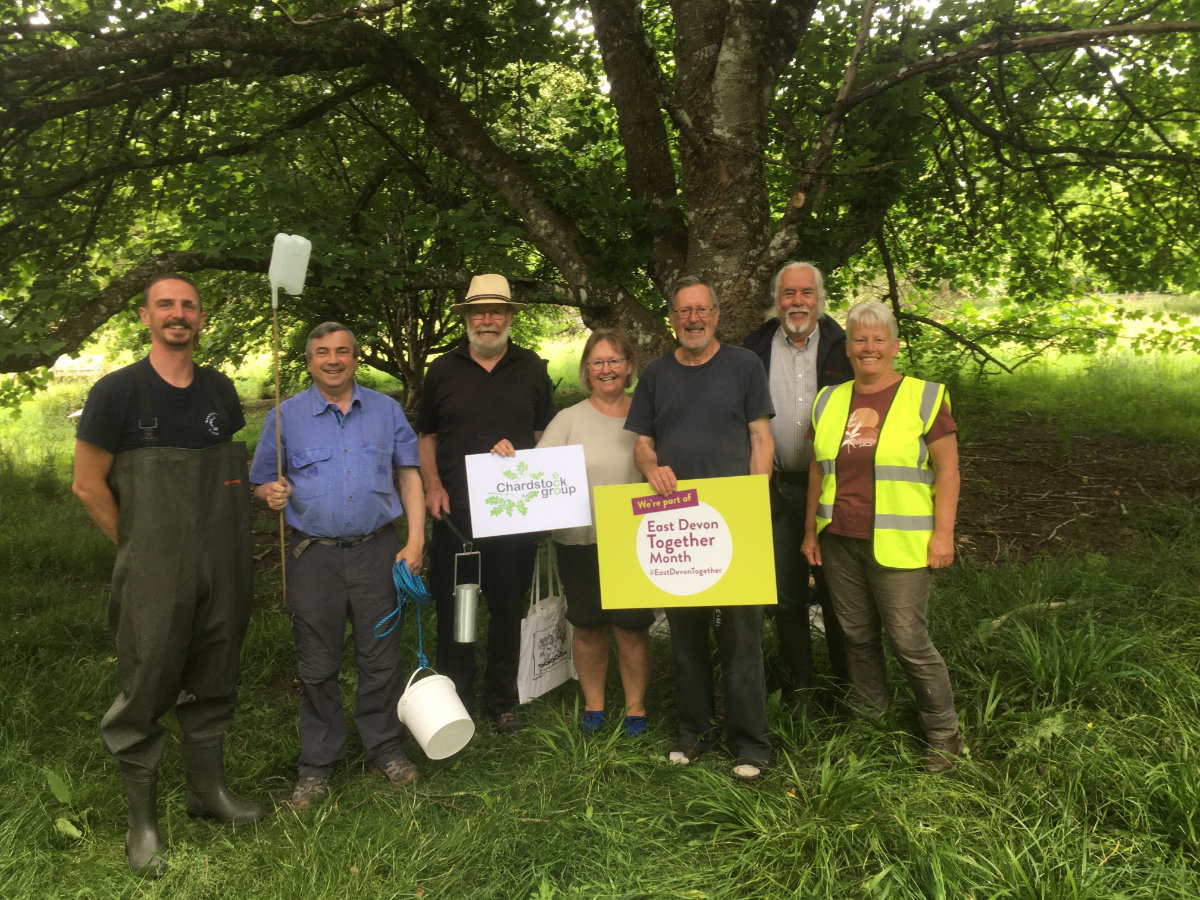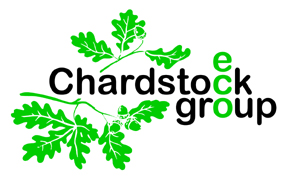
Only 14 per cent of England’s rivers have good ecological status, and the government has just, incredibly, allowed itself another 36 years to clean things up. Yet all is not lost: local citizen scientists are joining together to save streams, brooks, and rivers, and to start action now. Vicky Whitworth shares a tale of hope and love on the Kit Brook.
It’s 2063. I’m splashing in the river, laughing at the sparkling bubbles, rolling in the water, gulping in great mouthfuls, feeling the water crowfoot wrap round my legs. Only it’s not me. I’ll be over the Styx by then.
2063 is the now the date when the government reckons it will have cleaned up our rivers. [The date was quietly moved back from 2027 on the last day before the Christmas holidays…Ed] 2063 is 40 years from now. What does this tell us? That it’s a massive job that will take nearly half a century? Or is it a case of mañana? Because this isn’t a target, it’s a dream. A dim and distant dream.
It’s true our rivers are in a pitiful state. Environment Agency data shows that every river in England fails for harmful chemicals in the water, and just 14 per cent reach good ecological status. Our rivers are chemically, ecologically and hydraulically knackered. They’ve been dumped in, pumped dry, straitjacketed so that the sad slick of what remains has nowhere to go but fast-forward into homes built on floodplains.
Take the River Axe, described in late Victorian times as, ‘one of the most beautiful and interesting of the sparkling trout streams which contribute much to the claims of Devonshire to be the Arcadia of England’. Now the River Axe Special Area of Conservation is in unfavourable condition and is declining owing to nutrient enrichment (excessive levels of phosphates and nitrates) and sediment pollution that has led to a number of ecological problems, including habitat loss and a crash in fish species. Not my words, but those of the Environment Agency.
It’s so bad on the Axe that Natural England has stepped in and pressured local authorities into pausing housing development while they work out how to build hundreds of new houses without making the problem worse. The trouble is this isn’t about avoiding making the problem worse: it’s supposed to be about making things better. With this shoddy thinking you can see why the target is so far in the future.
Go and look at the River Lim in Lyme Regis – playground of family holidays – and spot the Council signs telling people not to paddle in the stream. Watch sewage float down to the river mouth. See the kiddies playing in the sea.
Or my river – the unremarkable Kit Brook. Six miles of fast-flowing stream scooting through the rural Blackdown Hills before joining the River Axe. Not so long ago the Kit Brook was described as an oasis of water quality and showcased what a river should be like. Now – like her big sister, the Axe – she’s in decline. But there is a feeling that business as usual cannot continue.
A lot of well-researched reports have been written about the River Axe and her tributaries. Everyone knows what the problems are. There’s numbers and science and money and blame and misbehaviour and ignorance and all those things – but at the heart of it is a people problem, and that’s where the solution lies.
People problems are about bad relationships. Relationships are about connection. The community around the Kit Brook – led by Chardstock Eco Group – decided it was time to forge good relationships, to reconnect with their brook. We started by falling in love.
During 2022 volunteers carried out over 75 river surveys on the Kit Brook as part of the Westcountry Rivers Trust citizen science programme to record phosphate and other chemicals in the water. And while the data collected during the surveys is vital to understanding what’s going on with the water, it’s not where the magic happens.

Volunteers sit on the riverbank, lean on a bridge – and look and listen. They notice the dipper bobbing in the water, the glint of a kingfisher, the chuckle of the yaffle. They notice where the river floods and how quickly the water level rises and falls. If they are lucky, they spot an otter or a sea trout. They fall in love.
And the more time folk spend by the river, the more the love grows, the deeper the understanding becomes, and the stronger the energy to make things better.
A series of river walks saw the community visiting Spittle Pond, the birthplace of the brook known here as the Wambrook, which means womb in Old English. A second walk took us to the site of the 2021 Big Flood when one family had four foot of water in their kitchen.
Chardstock Primary School held a lesson on the riverbank to find out what lives in the river. Pulling buckets of water out of the river with wild shrieks, the children met their first leech. This winter the kids hope to be custodians of 200 sea trout eggs, watching them hatch before releasing the fry back into the river as part of the Axe Vale Rivers Association programme, Fish Eggs in the Classroom.
Recognising the energy and enthusiasm of the community, support and funding is coming in from the Environment Agency and the Blackdown Hills AONB. A farm adviser and an expert in rivers have been out and about talking to farmers and landowners. Natural flood management processes such as leaky dams are being discussed to help slow the flow of run-off from the land and reduce soil erosion.
Farmers want the river to run clean as much as anyone, so advice is given on what grants are available to improve water quality. There is the possibility of restoring old water meadows. The sluice gates are still in place. They call it a drowning when the gates are opened in winter to allow the warm river water to flood the meadows, bringing an early flush of pasture grass: maybe we can hold public drownings.
A volunteer work party is heading out in February with instructions to make like a beaver. They will create man-made structures that mimic what beavers do naturally. Beavers are ecosystem engineers. They improve water quality, help to reduce downstream flooding, increase water retention, reconnect rivers to their floodplains. They do the work needed to get our rivers back into tip-top condition – and they do it for free.
There are no beavers on the Kit Brook – yet. But there will be because our river is within spitting distance of rivers which already have thriving beaver populations. We want to be ready to greet them – beaver-ready – when they turn up. We won’t have to wait 40 years.
Turning the fortunes of a river around isn’t about finger-pointing and gaslighting. It’s about pulling together, not waiting on others but getting on and doing something. It’s not just about changing the river: it’s at least as much about changing ourselves.
Greta Thunberg said hope is not a gift, it is something you have to create. On the Kit Brook we have made a start on hope.





